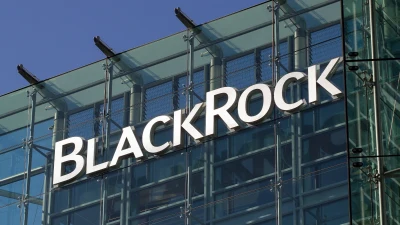Aussie synthetic ETFs not a concern: Morningstar
Some of the more complex exchange-traded fund (ETF) structures starting to emerge in Australia are not as risky as the headlines might have us believe, according to Morningstar co-head of fund research Tim Murphy.
The winner of the 2011 Money Management Young Achiever of the Year Award said synthetic ETFs, which have started to pop up in the Australian market, had been getting a fair bit of regulatory attention in Europe.
The synthetic structure of ETFs mimics the behaviour of an exchange-traded fund through the use of derivatives such as swaps.
Murphy said the advantage of this structure was that it did a more accurate job of tracking indexes, but some critics claim synthetic ETFs faced counterparty risk, were not transparent and may mislead investors.
However, Murphy said the “collateral requirements in Australia are much more stringent than most other jurisdictions,” therefore the risk isn’t as great.
“The first hurdle for planners and dealer groups is being licensed to use direct shares, but beyond that, just getting familiarity with the dynamic trading nature, which is different to managed funds,” Murphy said.
There are currently two synthetic ETFs in the Australian market, issued by BetaShares.
It was recently reported that the sector grew 70 per cent per annum in the last three years, with State Street Global Advisors being the most dominant provider in Australia.
“We are still talking about a miniscule amount in absolute terms,” said Murphy. “The sector grew from $1 billion to $5 billion, but managed funds/super funds grew by more than $1 trillion.”
Recommended for you
Schroders has appointed a new chief executive as Simon Doyle steps down from the asset manager after 22 years.
Distribution of private credit funds through advised channels to retail investors will be an ASIC priority for 2026 as it releases the results of its thematic fund surveillance and guidance for research houses.
State Street Investment Management has taken a minority stake in private market secondaries manager Coller Capital with the pair set to collaborate on broaden each firm’s reach and drive innovation.
BlackRock Australia plans to launch a Bitcoin ETF later this month, wrapping the firm’s US-listed version which is US$85 billion in size.











